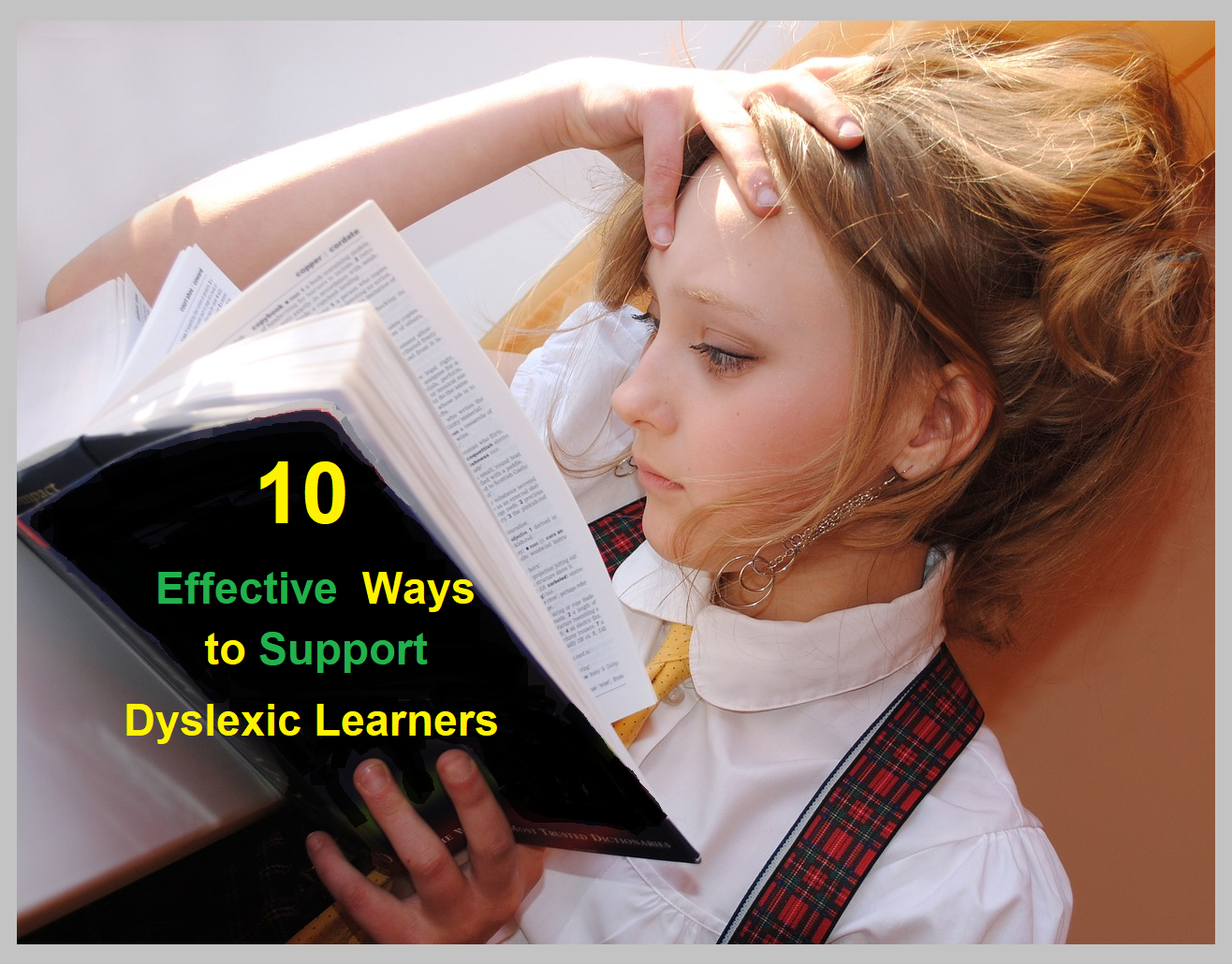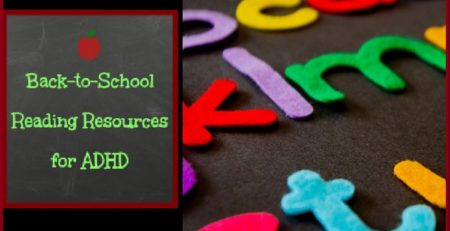10 Effective Ways to Support Dyslexic Learners
To support dyslexic learners, it is critical that the support includes a combination of strategies, resources, and personalized approaches. Teachers and parents alike often ask where to begin when they have dyslexic learners in their classrooms or families. We find it helpful to offer them practical strategies they can begin to utilize immediately. We thought you might like to have a list to use or share with another educator or parent. Feel free to do so with the list to follow here.
Effective Ways to Support Dyslexic Learners
-
Create a Nurturing Study Space:
- Designate a quiet, comfortable area for homework and reading.
- Minimize distractions and provide adequate lighting.
-
Provide Multisensory Learning Opportunities:
- Engage in activities that involve multiple senses (visual, auditory, kinesthetic) to reinforce learning.
- Use color-coded notes, mind mapping, and hands-on activities.
-
Implement Assistive Technology:
- Utilize tools such as text-to-speech software, speech recognition software, audiobooks, and screen readers.
- These assistive technologies can aid with reading and writing tasks.
-
Consider Structured Literacy Methods:
- Consider enrolling your child or students in structured literacy programs specifically designed for dyslexia.
- Focus on improving reading, writing, and spelling skills using research-based methods.
-
Demonstrate the Importance of Time Management and Organization:
- Teach effective time management techniques and organizational strategies.
- Use tools like calendars, planners, portable timers, or smartphone apps to organize schedules and deadlines.
-
Provide Information about Self-Advocacy:
- Encourage your child and students to advocate for themselves.
- Inform teachers, peers, and school staff about dyslexia and the accommodations that can improve a student’s performance.
-
Focus on Phonological Awareness:
- Choose books that rhyme or repeat the same sound. Draw the child’s or students’ attention to rhymes.
- Help the child or students connect a beginning sound with the rest of a word. Also, teach how to break words down into phonemes.
-
Genuinely Praise Effort and Progress:
- Celebrate small victories and progress in meaningful ways.
- Give positive reinforcement, which boosts confidence and motivation.
-
Read Together:
- Read with your child or students every day.
- Choose age-appropriate books and discuss the content.
-
Implement Helpful Homework Strategies:
- Break down assignments into smaller tasks.
- Use visual aids, such as charts or diagrams, to organize information.
Remember that each child is unique, so tailor these strategies to your child’s or student’s specific needs. Additionally, seek professional guidance from educational psychologists or specialists trained in dyslexia to create an individualized plan for your child’s success.
Sources
10 Ways to Support Learners with Dyslexia: for Pre A1 Starters to B2 First for Schools – Jade Blue, Cambridge University Press & Assessment
Classroom Accommodations for Dyslexia – Amanda Morin, Understood.org (Includes FREE Printable List of Accommodations)
Ten Things to Help Your Struggling Reader – Joshua Jenkins, Yale Center for Dyslexia & Creativity







